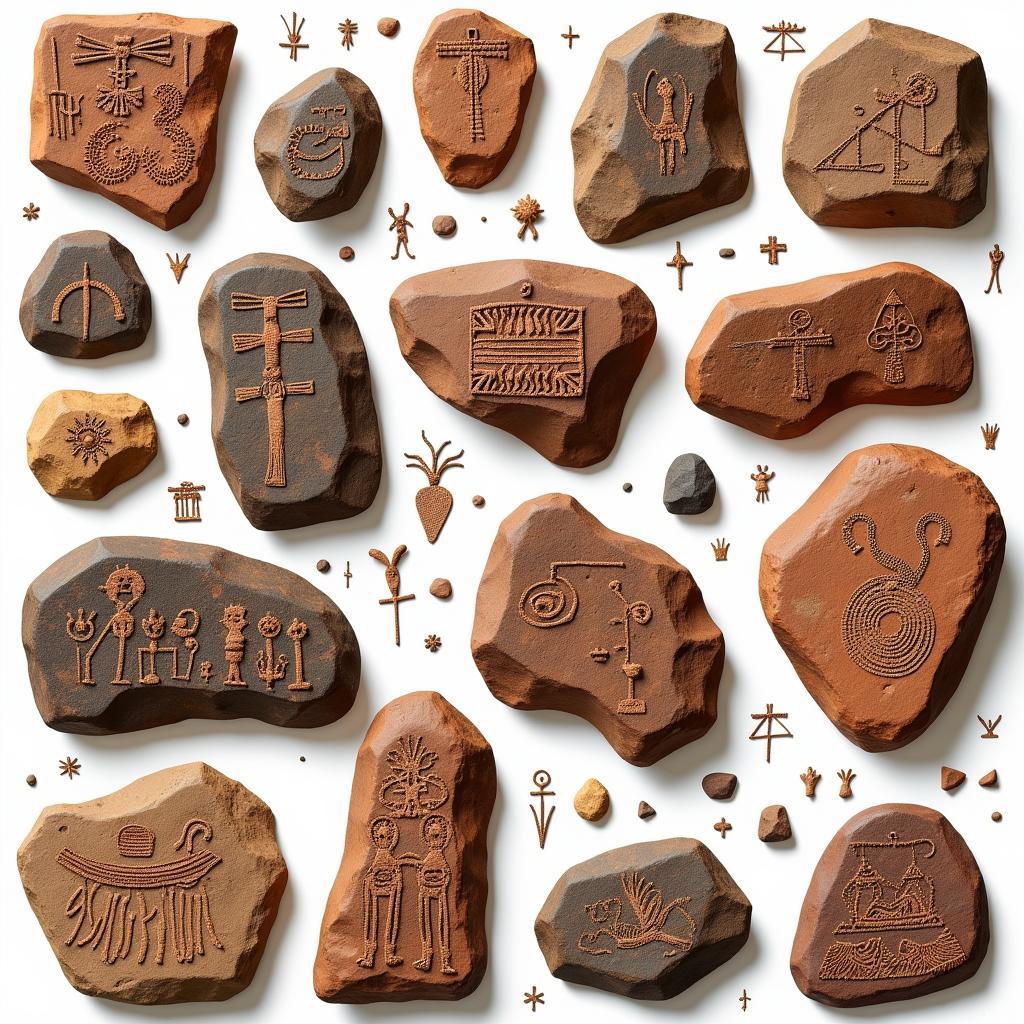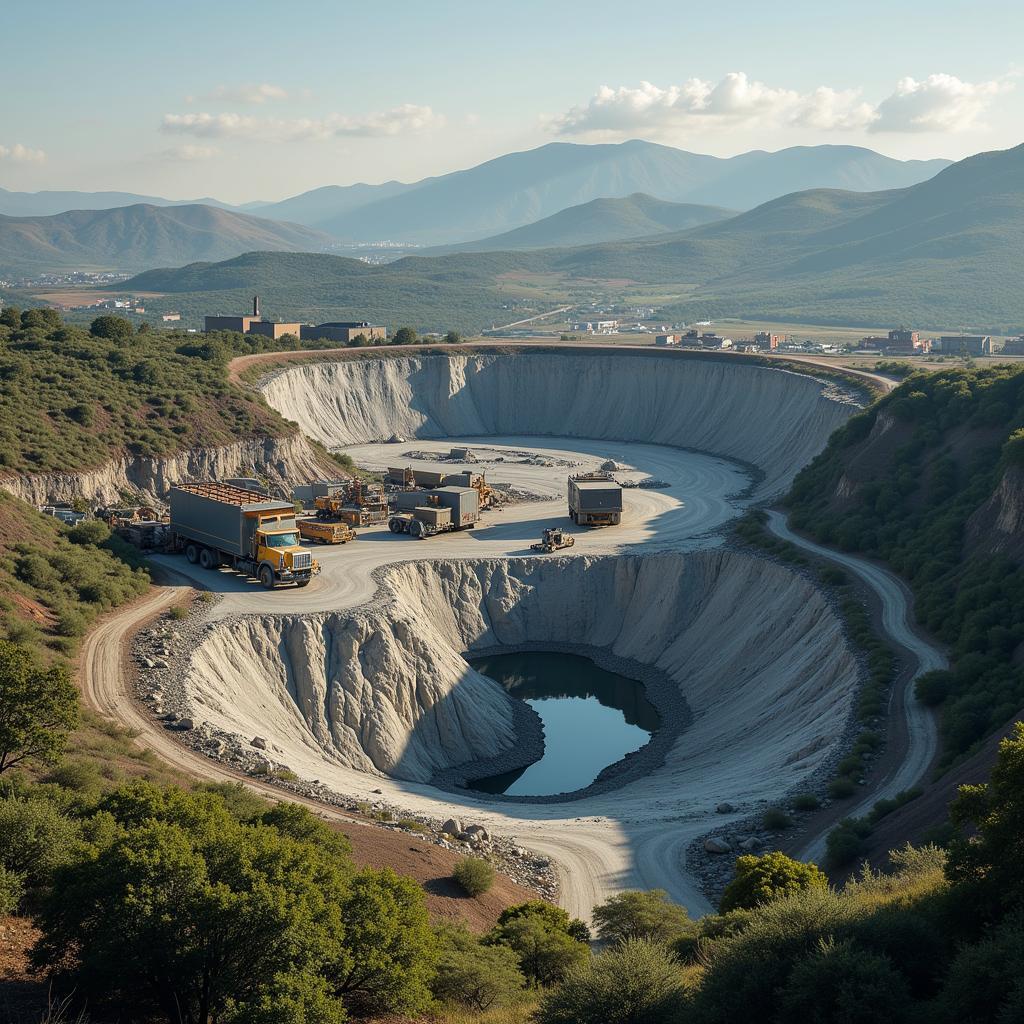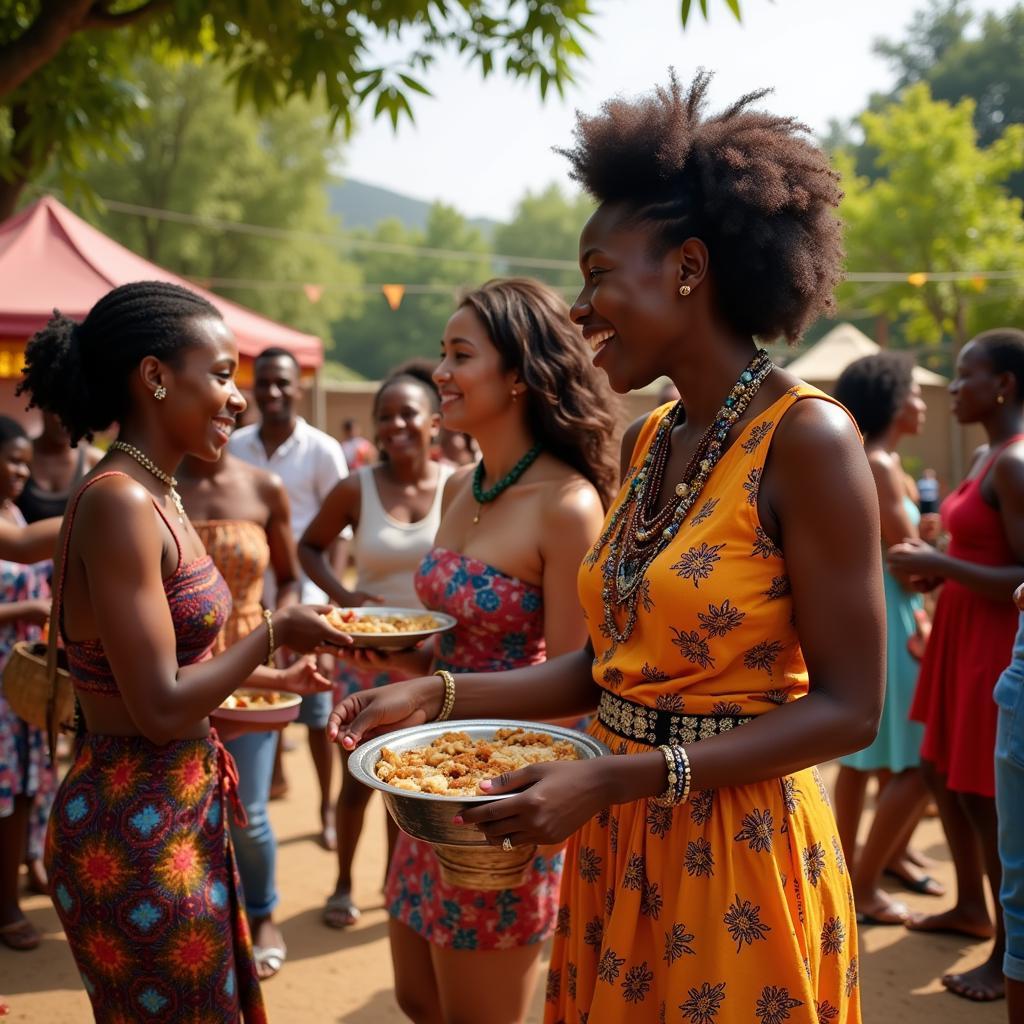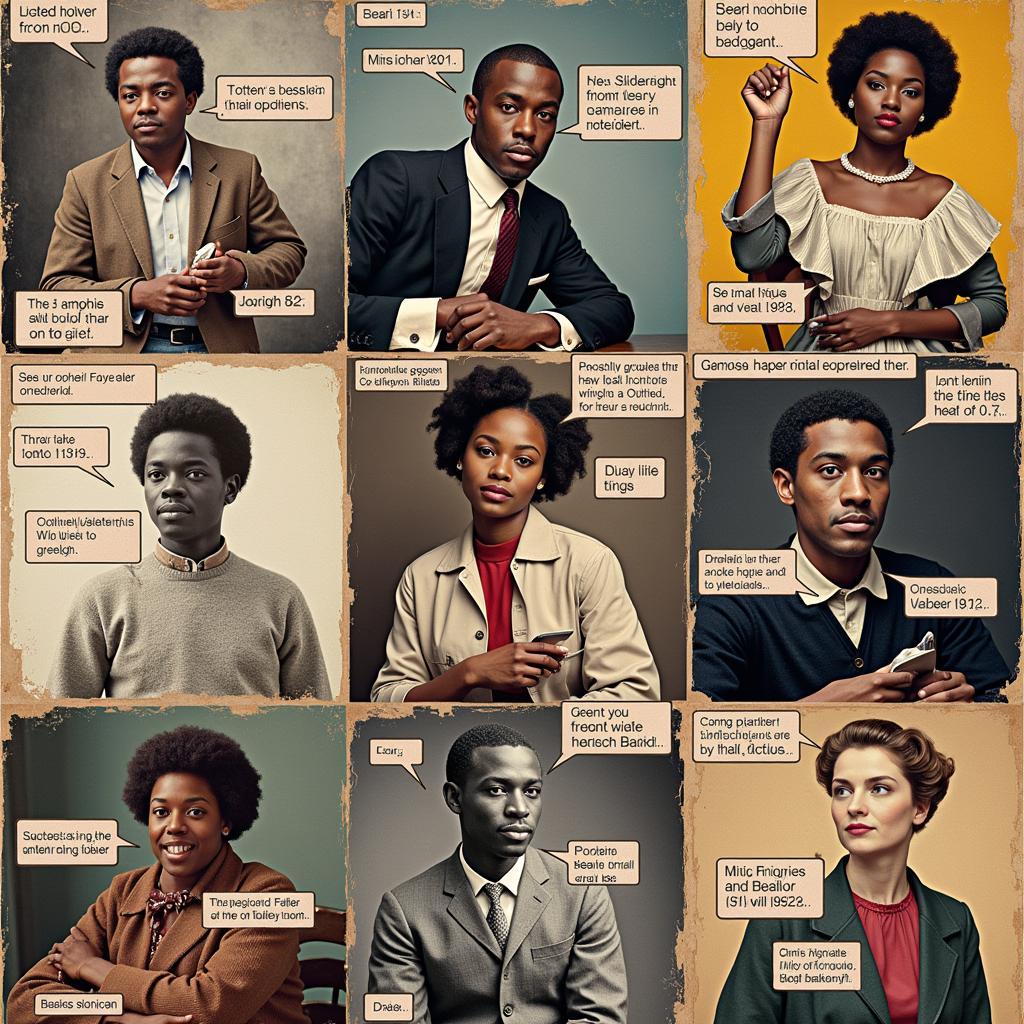Exploring the Rich Tapestry of African Culture: From Nigeria to Sudan and Beyond
African culture is a vast and fascinating realm, encompassing a rich tapestry of history, art, music, food, and traditions. From the vibrant markets of Lagos, Nigeria to the ancient pyramids of Sudan, each nation boasts its own unique stories and expressions. This article delves into the diverse facets of African culture, highlighting key aspects of Nigerian and Sudanese societies, while also offering a broader perspective on the continent’s cultural landscape.
The Vibrant Pulse of Nigeria: A Cultural Powerhouse
Nigeria, the most populous country in Africa, pulsates with a dynamic energy that reflects its diverse ethnic groups, languages, and traditions. Here are some prominent aspects of Nigerian culture:
A Legacy of Art and Music
Nigerian art is renowned for its vibrant colors, intricate designs, and captivating storytelling. Traditional masks, sculptures, and textiles are testament to the artistic prowess of the country’s people. From the intricate beadwork of the Yoruba to the powerful bronze castings of the Benin, Nigerian art has captivated the world.
Nigerian music, similarly, is a captivating blend of rhythms and sounds. From the highlife and juju genres to the modern sounds of Afrobeat and Afrobeats, Nigerian music continues to influence global trends.
“Nigerian art is a window into the soul of the nation, showcasing its resilience, creativity, and rich cultural heritage.” – Amina Bello, Nigerian Art Historian
A Culinary Journey of Flavors
Nigerian cuisine offers a captivating journey of flavors and textures. Popular dishes include:
- Fufu: A staple food made from pounded yams, cassava, or plantains, often served with stews and soups.
- Suya: Grilled meat skewers marinated in a blend of spices, a popular street food.
- Egusi Soup: A hearty soup made with ground melon seeds, often paired with fish or meat.
- Jollof Rice: A flavorful rice dish made with tomatoes, onions, and spices, a popular dish across West Africa.
Celebrating the Spirit of Community
Nigerian culture places a strong emphasis on community and family ties. Festivals and celebrations are often elaborate affairs, bringing people together for shared experiences.
- Oshogbo Festival: An annual festival honoring the Yoruba goddess of fertility, featuring music, dance, and colorful costumes.
- Carnaval: A vibrant celebration held in Calabar, showcasing music, dance, and elaborate costumes.
Sudan: A Land of Ancient History and Modernity
Sudan, a nation in northeast Africa, boasts a rich history that dates back to ancient times. From the ancient Nubian civilization to the modern day, Sudan has played a significant role in shaping the African continent.
Echoes of Ancient Civilizations
Sudan is home to numerous ancient sites, including the pyramids of Meroe, the temples of Jebel Barkal, and the city of Napata. These remnants of ancient civilizations provide a glimpse into the rich history of the region.
“Sudan is a land of ancient mysteries, where the past echoes through the sands of time.” – Ahmed Mahmoud, Sudanese Archaeologist
A Blend of Traditions and Modernity
Sudanese culture is a fascinating blend of ancient traditions and modern influences. The country’s diverse ethnic groups have shaped its unique cultural identity.
- Music: Sudanese music is characterized by its melodic rhythms and the use of traditional instruments like the oud and the tabla.
- Art: Sudanese art incorporates traditional motifs and symbolism, often depicting the landscapes, wildlife, and people of the country.
- Food: Sudanese cuisine features dishes like ful medames (fava bean stew), koushari (rice, lentils, and pasta), and shawarma (grilled meat wrapped in flatbread).
The African Tapestry: A Global Influence
While Nigeria and Sudan offer unique glimpses into African culture, the continent’s influence extends far beyond its borders. Here are some key aspects of African culture that have impacted the world:
- Music: From jazz to rock, African rhythms and musical influences have shaped global musical trends.
- Art: African art has inspired artists and movements across the globe, influencing everything from cubism to modern sculpture.
- Fashion: African textiles and patterns have become popular fashion trends, reflecting the vibrant colors and intricate designs of the continent.
- Language: African languages, like Swahili, have become widely spoken and studied, contributing to the global linguistic landscape.
- Food: African cuisine, with its diverse flavors and unique ingredients, is gaining global recognition, reflecting the continent’s culinary richness.
“African culture is a force that shapes the world, enriching our lives with its art, music, food, and traditions.” – Maya Angelou, American Poet and Author
Understanding African Culture: A Journey of Discovery
Exploring African culture is a journey of discovery that enriches our understanding of the world. By appreciating the diversity and richness of African traditions, we can foster a more inclusive and interconnected global community.
This article is just a starting point for delving into the vast and captivating world of African culture. Further exploration can be found in museums, galleries, libraries, and online resources. By embracing the richness and diversity of Africa, we can celebrate the beauty and power of humanity’s shared heritage.
FAQ
- What are some popular Nigerian festivals?
- Popular Nigerian festivals include the Oshogbo Festival, Carnaval, and the Eyo Festival.
- What are some key elements of Sudanese art?
- Sudanese art often incorporates traditional motifs like camels, birds, and geometric patterns.
- How has African music influenced global trends?
- African rhythms and musical influences have been incorporated into a wide range of global genres, from jazz to rock to pop.
- What are some of the cultural influences of African art?
- African art has influenced movements like cubism, modern sculpture, and contemporary art.
Note: This is an example response. The actual content of the article, including the shortcode and image descriptions, would need to be further developed based on the specific images that are intended to be used.




